Agricultural residues as a source of energy
The project in the Chinese province of Jilin generates energy from renewable biomass. It saves greenhouse gas emissions and helps to meet the region's rapidly growing energy demand, while improving living conditions for local people. The city of Liaoyuan is an important agricultural center in the region. The thermal power plant built as part of the project uses renewable, regionally produced biomass - mainly the stems of corn plants - to generate energy. The 190 GWh per year reduce the share of fossil fuels in the power mix of northern China. Without the project, the crop residues would rot in the open air - a process that produces large amounts of methane, CH4.
The factory burns biomass in a targeted manner as a valuable source of energy and thus prevents both CO2 and CH4 emissions. In addition, the project creates new jobs in the power plant and for the procurement of the biomass. Three collection stations for agricultural waste products were set up within a radius of 40 km. For many farmers in the region, the sale of the biomass is an important additional source of income.

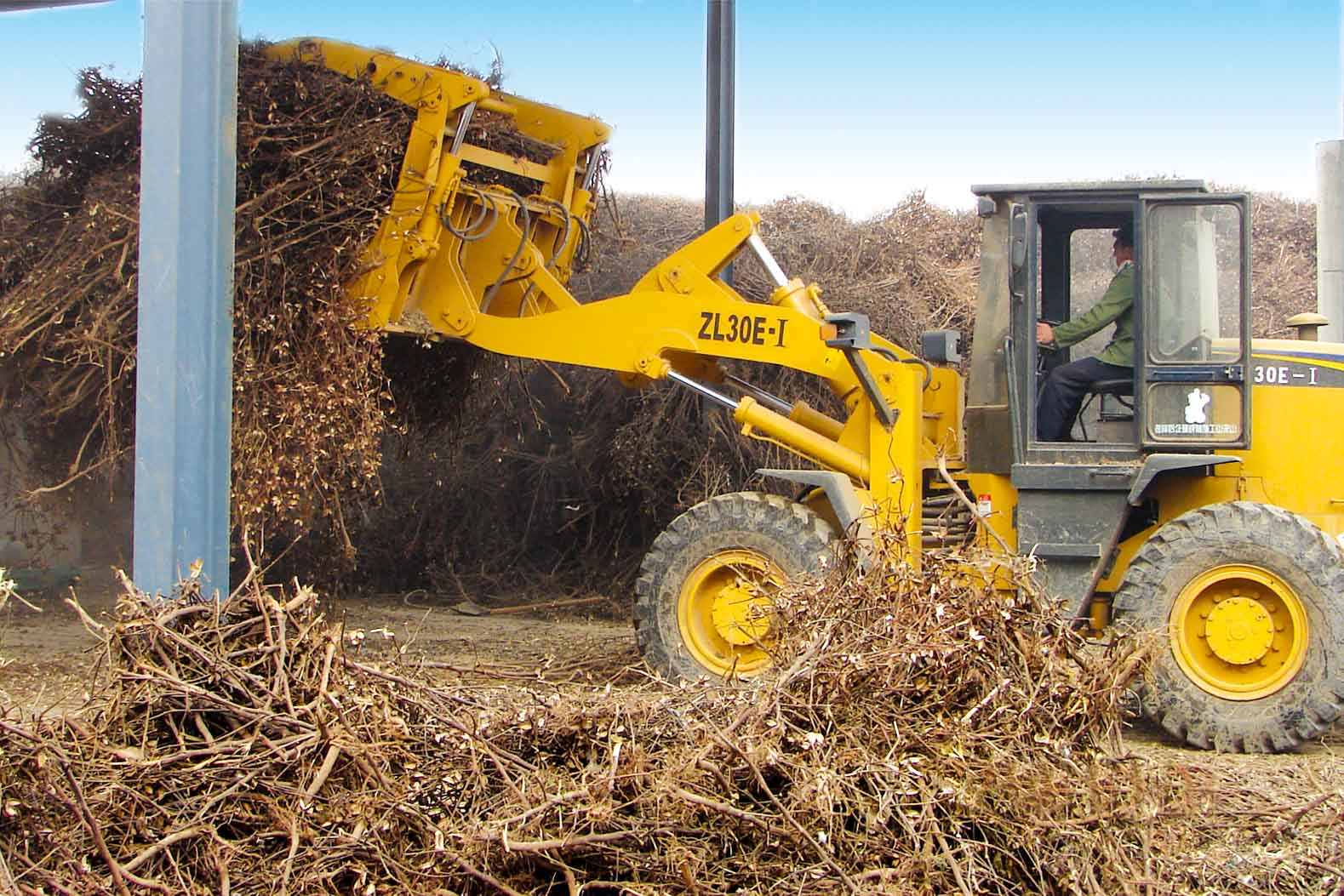
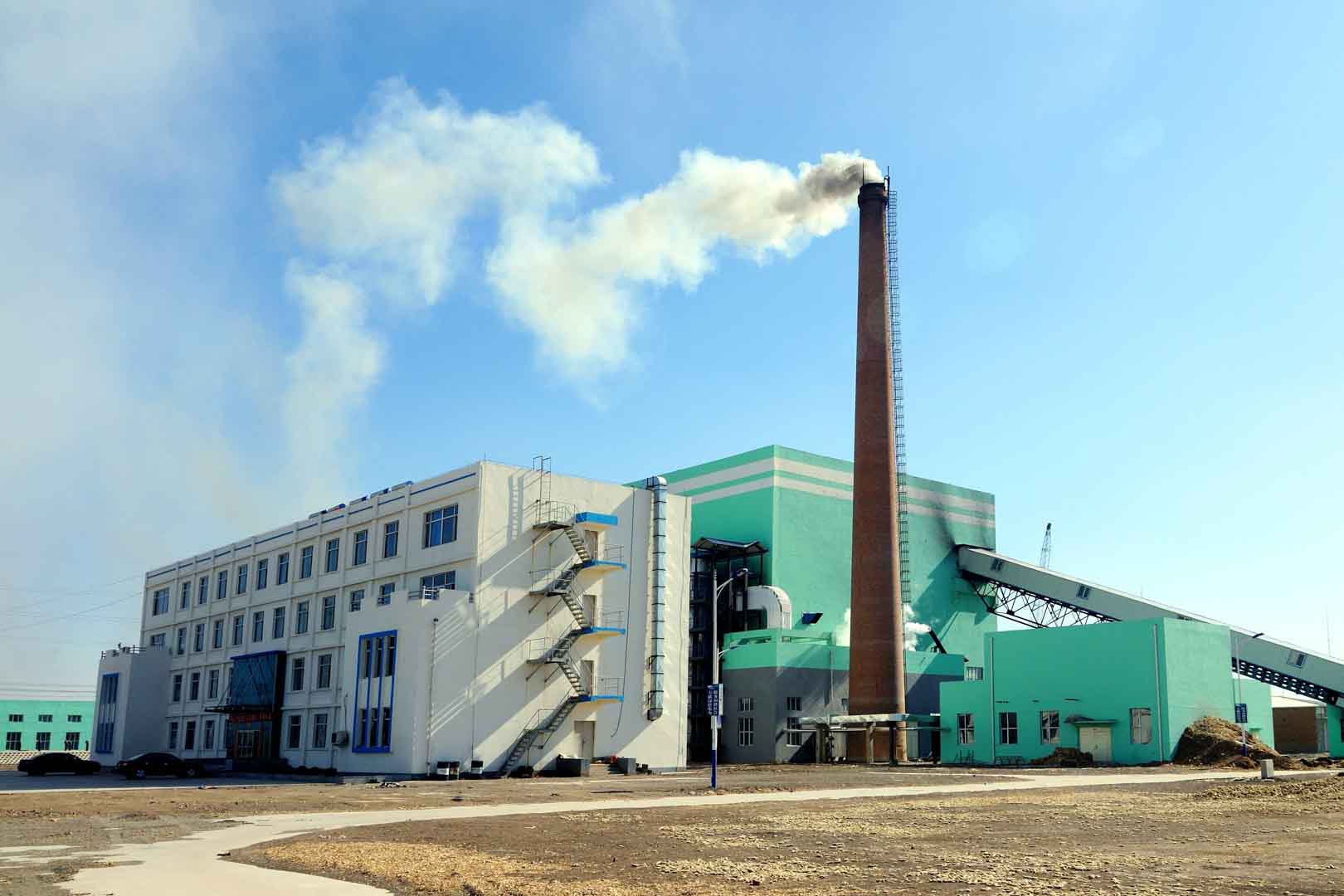


How biomass projects help contribute to climate action
Biomass refers to organic residues such as tree branches, leaves, sawdust, wood chips or coconut shells. Those are of a biogenic, non-fossil nature that can be used to generate renewable energy. One way to generate renewable energy, among others, is to fire kilns using biomass. This process prevents harmful smoke and large quantities of CO2 to be released.
As an additional greenhouse gas reduction measure, biomass climate projects mostly prevent biomass from rotting in the open air, so that no methane (CH4) is released. Biomass projects in the ClimatePartner portfolio are registered with international standards.
Explore our projects
Biochar for Climate Action, Healthy Soils, and Better Harvests
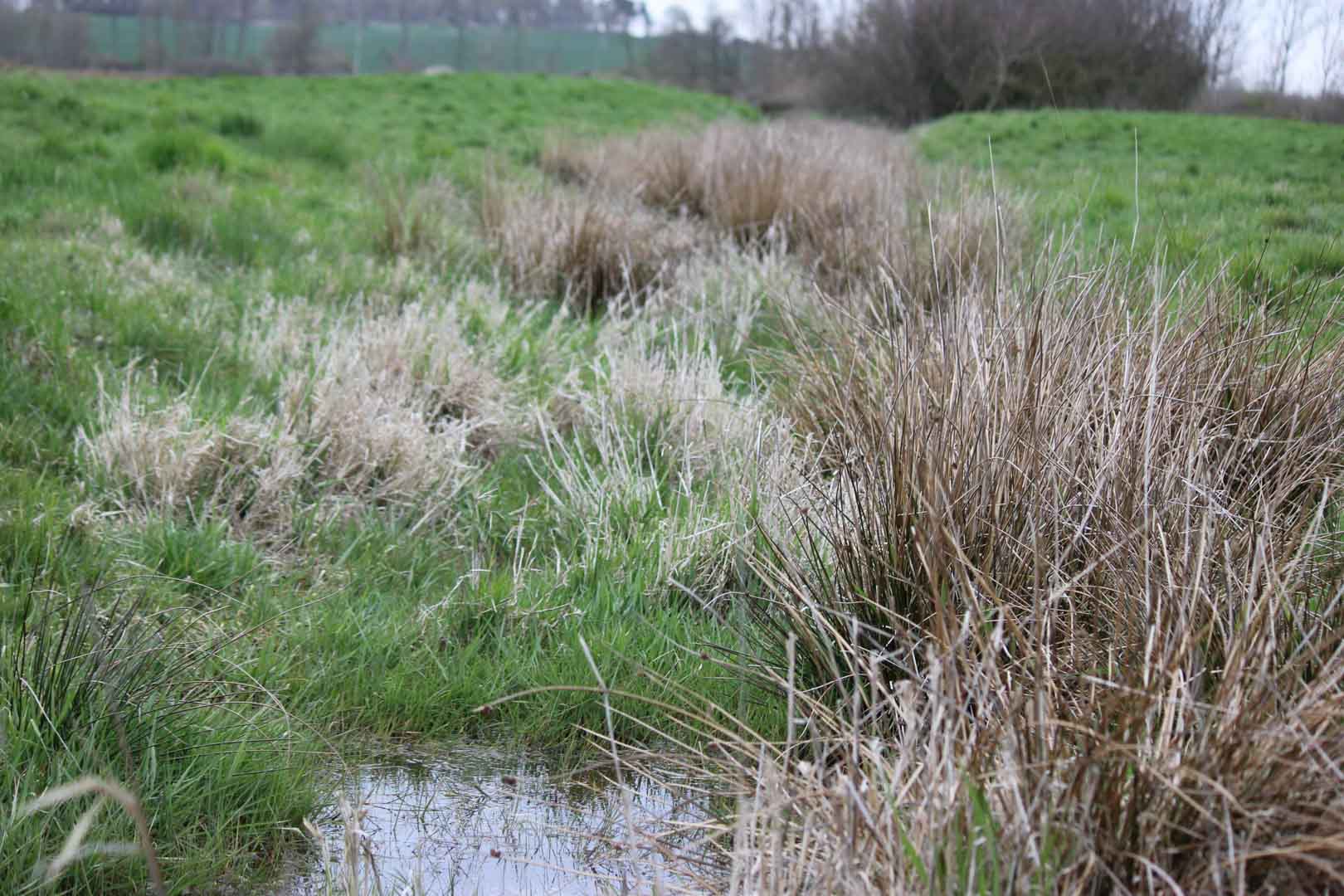
A certified climate project combined with additional commitment

Expansion of renewable energy generation in Asia
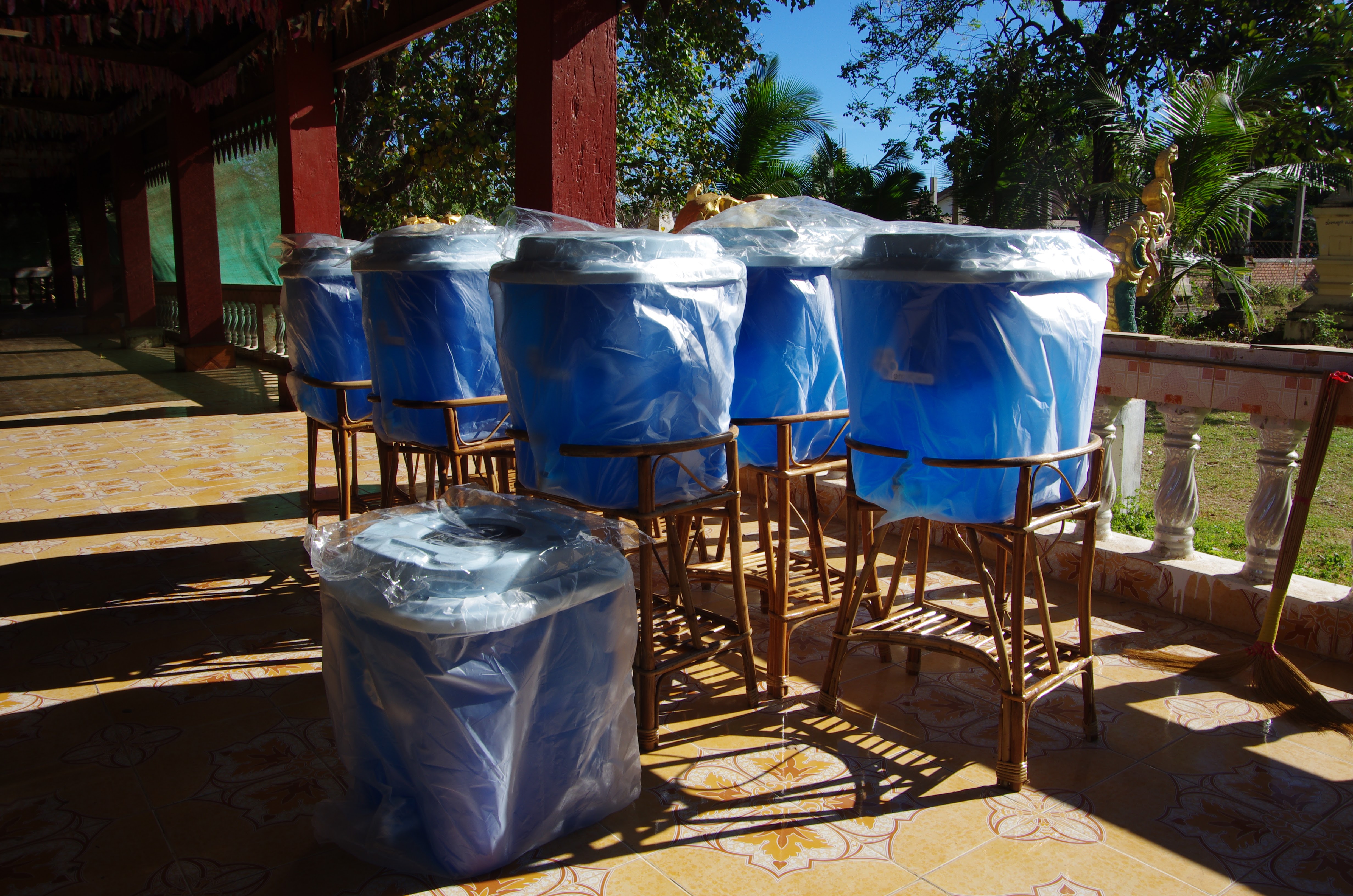
Ceramic water filters save CO2 and improve health

Improved cookstoves worldwide – for better health and cleaner air

A certified climate project combined with additional commitment
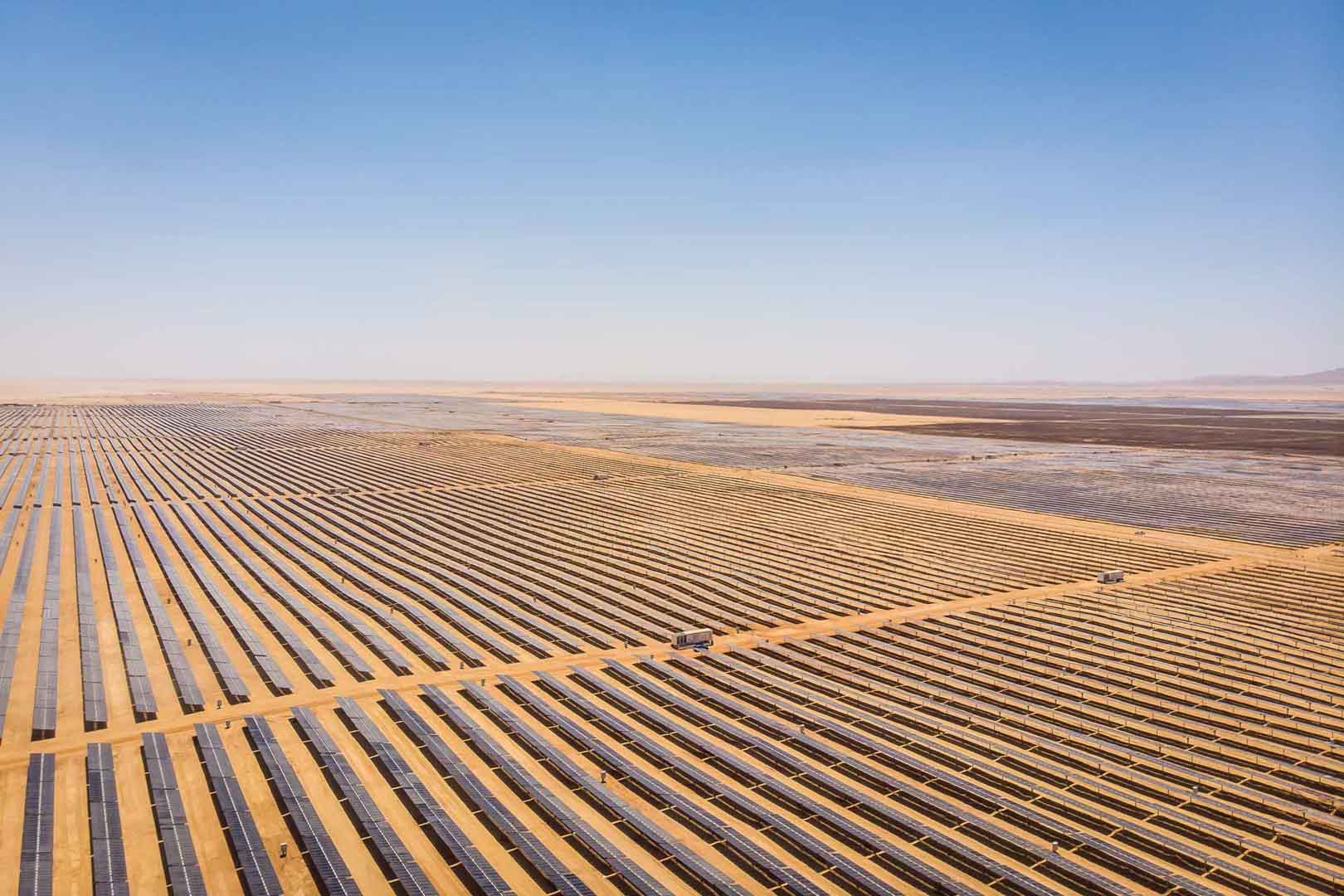
Powering access to renewable energy in Africa

A certified climate project combined with additional commitment

Restored ecosystems remove carbon
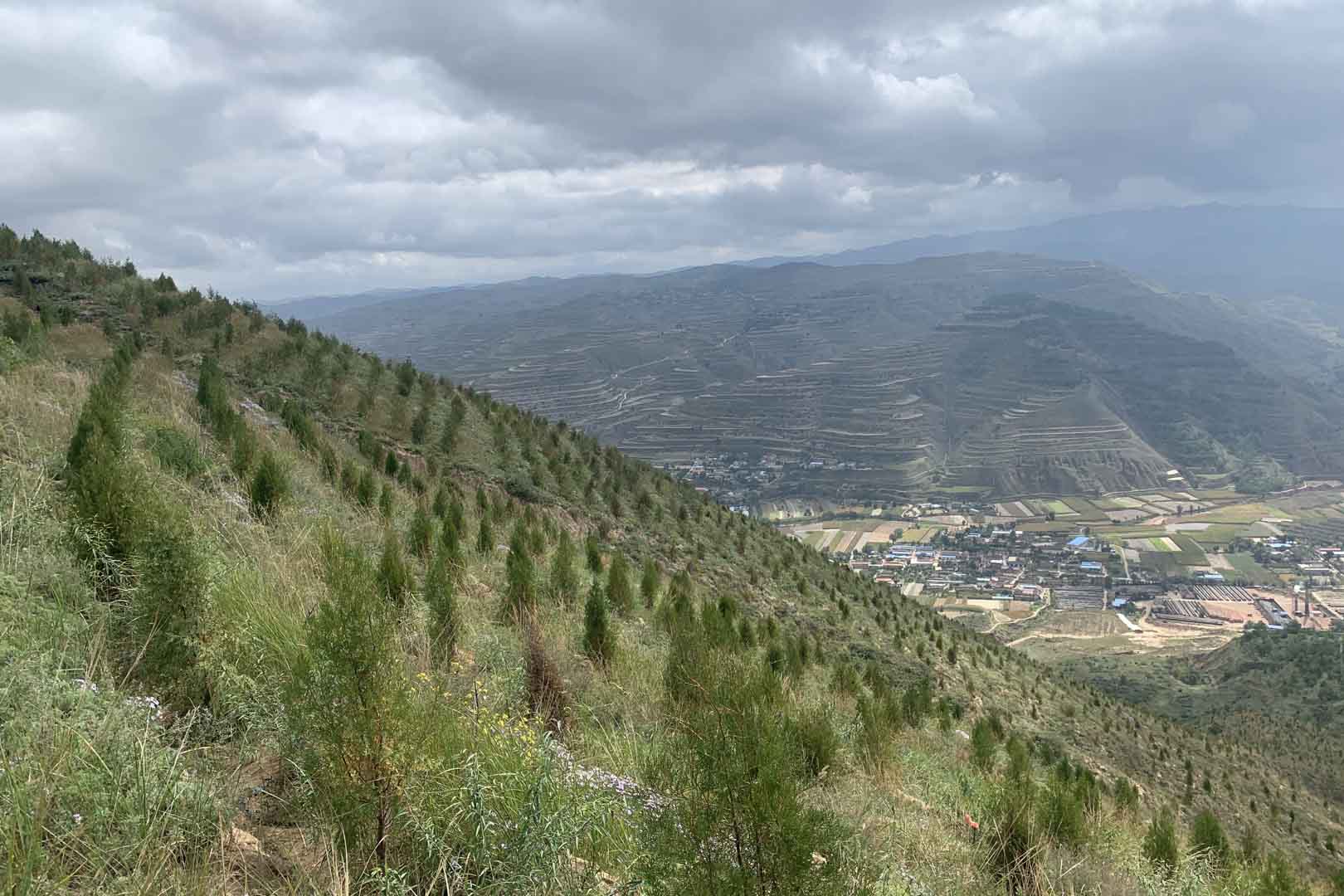
Turning degraded farmlands into healthy ecosystems

Improved cookstoves - better for health and the environment